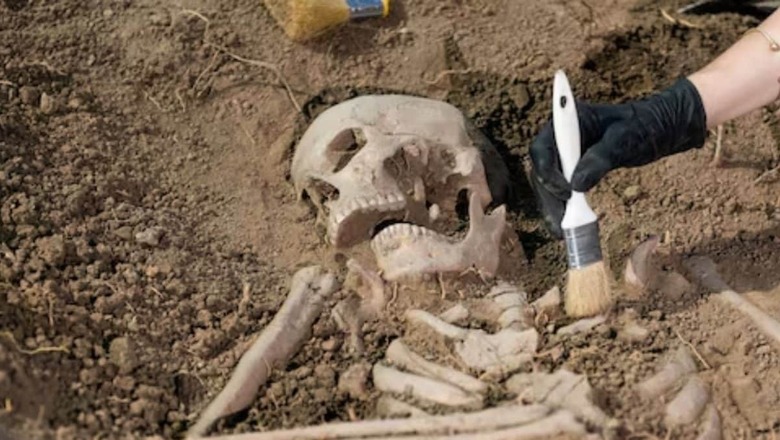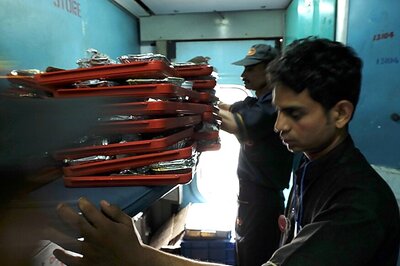
views
Excavation of skeletal remains of humans at archaeological dig sites is common but a lot of care is taken to protect these sites from outsiders. Nobody would probably imagine some intruder playing with skeletal remains as it would be too macabre but an archaeological site in Dublin is making news at present because of a disturbing video of a man playing with the skeletal remains of a child.
A video recorded by someone interfering with the ancient remains of a child found buried in Ballyfermot during an archaeological dig has caused a furore on the internet. The video, which has since been taken down from the internet, showed a man playing with the bones and pulling the teeth of the skull to and fro.
The skeleton of a child believed to have been buried around 600 AD, was recently unearthed during archaeological excavations at the site of the former De La Salle monastery in a Dublin suburb. These excavations are being conducted in preparation for a private development project.
After the video went viral, local councillors and the National Museum of Ireland condemned the man’s bizarre behaviour, saying archaeologists at the site and the police force are now involved. Local People Before Profit Councillor Hazel de Nortúin expressed that societal norms regarding what is considered appropriate or inappropriate on social media have become disregarded or blurred.
The National Museum of Ireland condemned the incident and on their Instagram page wrote, “The National Museum of Ireland and the National Monuments Service are aware of footage of alleged interference with ancient human remains at an archaeological dig in Ballyfermot. We are liaising with archaeologists on site and An Garda Síochána on the matter. Given that human remains are visible in this footage, we would ask people to avoid sharing it on social media.”
The site in Ballyfermot is believed to be a burial site dating back more than 1,000 years and was discovered last year during excavations for a new hotel in Dublin city centre. Some of the remains are believed to date back to the 11th century and are being excavated and analysed before going to the national memorial service.




















Comments
0 comment